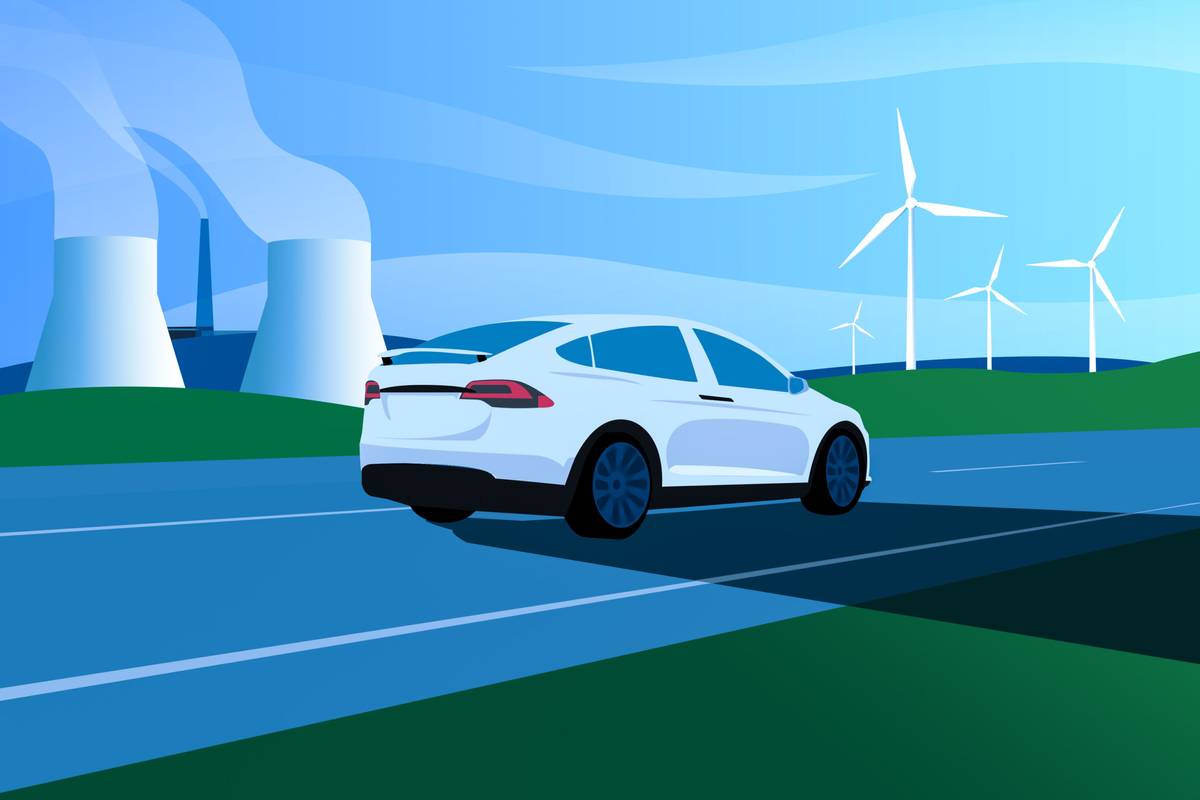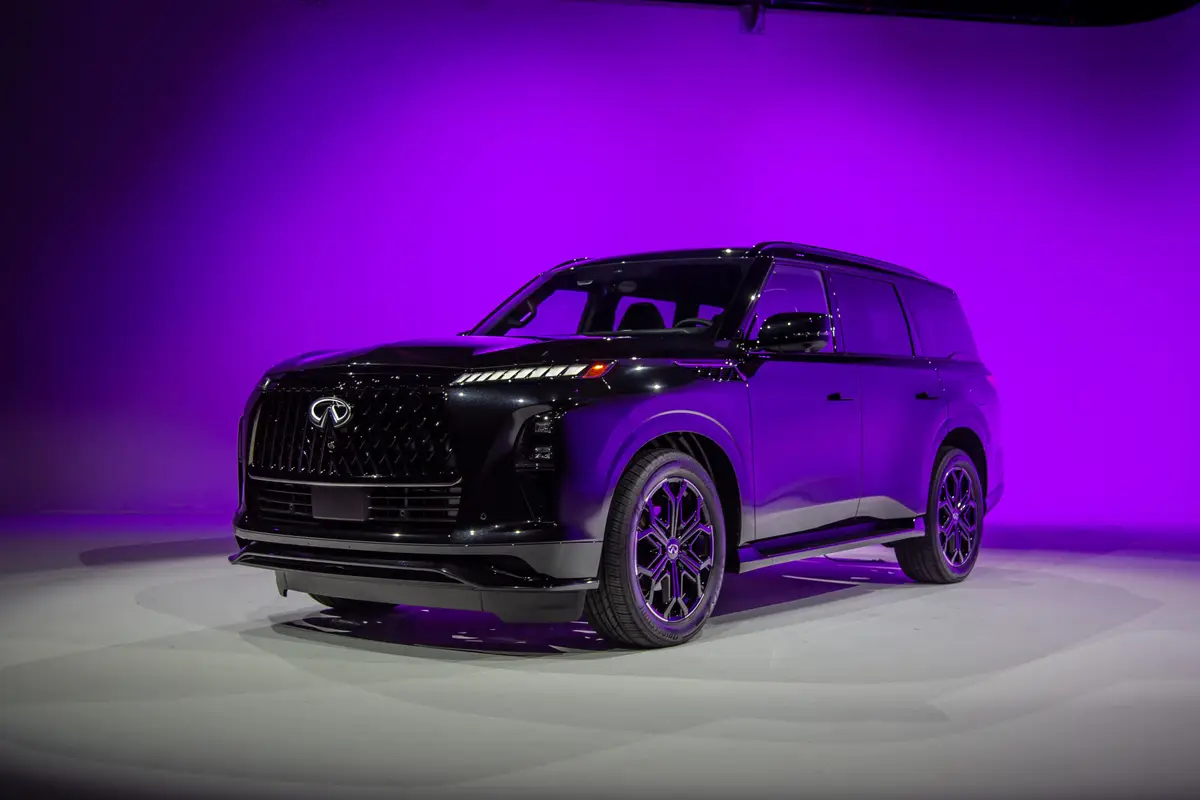Are Electric Cars Better for the Environment?

Are electric vehicles better for the environment? The science continues to say yes and points to EVs producing fewer greenhouse gas emissions than gas-powered cars. There are still many factors at play that affect EV emissions, though. The energy source, how you drive, the tire and wheel package you select, and the vehicle’s battery size and aerodynamics all impact the energy used and emissions produced.
Related: Here Are the New Electric Vehicles Planned by 2027
But it’s not just about tailpipe emissions, which EVs lack. There are well-to-wheel emissions associated with how fuel is produced and delivered just as there are emissions related to how electricity is generated to power the batteries in EVs. There are also the cradle-to-grave emissions relating to the whole life cycle of a vehicle, from precious mineral extraction to battery and sheet-metal recycling.
All things considered, EVs on average have a smaller lifetime carbon footprint than vehicles with internal combustion engines, according to the EPA. Researchers at Argonne National Laboratory found that the life-cycle greenhouse gas emissions for an EV with a 300-mile range were about 150 grams per mile, whereas the same stat for a gas car averaging 30.7 mpg was about 375 grams per mile. That’s a big difference.
Not All Electricity Is Created Equal
One of the myths creating a haze around electric vehicles is that energy used from the grid to power them is dirtier than gas. The myth endures because there’s a modicum of truth in that energy sources can be dirtier or cleaner, depending on where you live. It’s also true that the generation of electric power creates greenhouse gases (carbon dioxide, methane and nitrous oxide) and that the electric power sector accounts for the second highest share of emissions behind the transportation sector.
Unlike tailpipe emissions in the transportation sector, the emissions from the energy sector tend to be more regionally assessed. For instance, the energy produced by coal is more carbon-intensive than burning natural gas, which combined make up 60% of energy consumption for the sector. Both make more emissions than using non-fossil fuels, which includes renewables (21% share) like nuclear power (19% share) and wind power. All energy production has some portion of bad environmental byproducts.
In terms of greenhouse gas emissions, coal is the worst. It made up 20% of the energy production in 2022, the last year there was complete data from the EPA, yet it contributed 55% of the greenhouse gas emissions for the sector.
So where does the energy that powers your home come from? It’s likely a mixture that can be deciphered from your energy bill or utility; you can also check the mix in your region with the EPA’s Power Profiler.
More specifically to EVs (and also plug-in hybrid electric vehicles), the EPA has a handy calculator that estimates the greenhouse gas levels from charging your electrified car on your home grid, known as upstream emission, and measures it by the mile. For example, the 2025 Tesla Model Y Long Range AWD generates 124 grams of carbon dioxide per mile nationwide, while the EPA estimates the average gas-powered passenger vehicle emits 400 grams of CO2 per mile.
Your Mileage May Vary
How you drive can have an equally important role in emissions for both gas and electric vehicles. Like gas cars, if you’re slamming the throttle to get some of that glorious instantaneous torque from an EV’s motors, then you’re going to burn more energy, charge more often and create more emissions. But the vehicle’s design, the size of its battery pack, and its tire and wheel combo impacts efficiency and, thus, emissions.
A car’s coefficient of drag quantifies how smoothly the vehicle passes through the surrounding air, or its aerodynamics. An EV that’s shaped like a cinder block on wheels, such as the GMC Hummer EV SUV, has a high coefficient of drag and one of the worst efficiency ratings of any EV sold. At its worst, the 2025 model’s 2X trim with mud-terrain tires needs 72 kilowatt-hours of energy to go 100 miles. By contrast, the sleek Lucid Air Pure sedan represents the most efficient electric car with a rating of 23 kWh per 100 miles.
Tire sizes also affect efficiency and emissions. The larger the tire, the bigger the contact patch with the road and the more friction is generated. The Lucid Air Pure, for instance, comes with 19-inch wheels; opting for more popular 20-inch wheels lowers its range from 420 to 372 miles and its efficiency rating down to 26 kWh per 100 miles. This is consistent across every EV: Increasing the tire and wheel size means decreasing the range and efficiency. (With gas vehicles, it’s less pronounced but still present.)
The other factor to consider with EV efficiency is size, and EVs weigh more than their gas counterparts, especially since their battery packs are typically their heaviest component. The Hummer EV is extreme in every sense; the SUV model weighs about 9,000 pounds and has a massive battery pack. Meanwhile, the Genesis GV70 SUV can be had with either a gas or electric powertrain; the all-wheel-drive gas variant with the larger twin-turbocharged 3.5-liter V-6 engine weighs 4,453 pounds, while the Electrified GV70 weighs at least 4,982 pounds, according to Genesis.
More From Cars.com:
- Electric Vehicles: Understanding the Terminology
- Which Electric Cars Are Still Eligible for the $7,500 Federal Tax Credit?
- How to Find EV Charging Stations
- Do I Need a Home Charger to Own an Electric Car?
- 5 Things That Could Slow Your EV’s Home Charging Speeds
EVs Are the Greener Choice
There is no such thing as a zero-emission vehicle. Even walking expels some CO2 emissions if you factor in the production of food to give you the energy to walk. An electric vehicle is far from a zero-emission choice of mobility — but as far as car options go, it’s consistently better for the environment on average than gas cars. As the energy grid updates and as more renewable sources are used to power the grid, an EV has the potential to get greener still.
Still, automakers and battery suppliers continue to innovate to make lighter, denser, more efficient battery packs, such as solid state batteries that also charge faster. For now and moving forward, EVs are better for the environment than gas cars.
Related Video:
Cars.com’s Editorial department is your source for automotive news and reviews. In line with Cars.com’s long-standing ethics policy, editors and reviewers don’t accept gifts or free trips from automakers. The Editorial department is independent of Cars.com’s advertising, sales and sponsored content departments.
Featured stories



